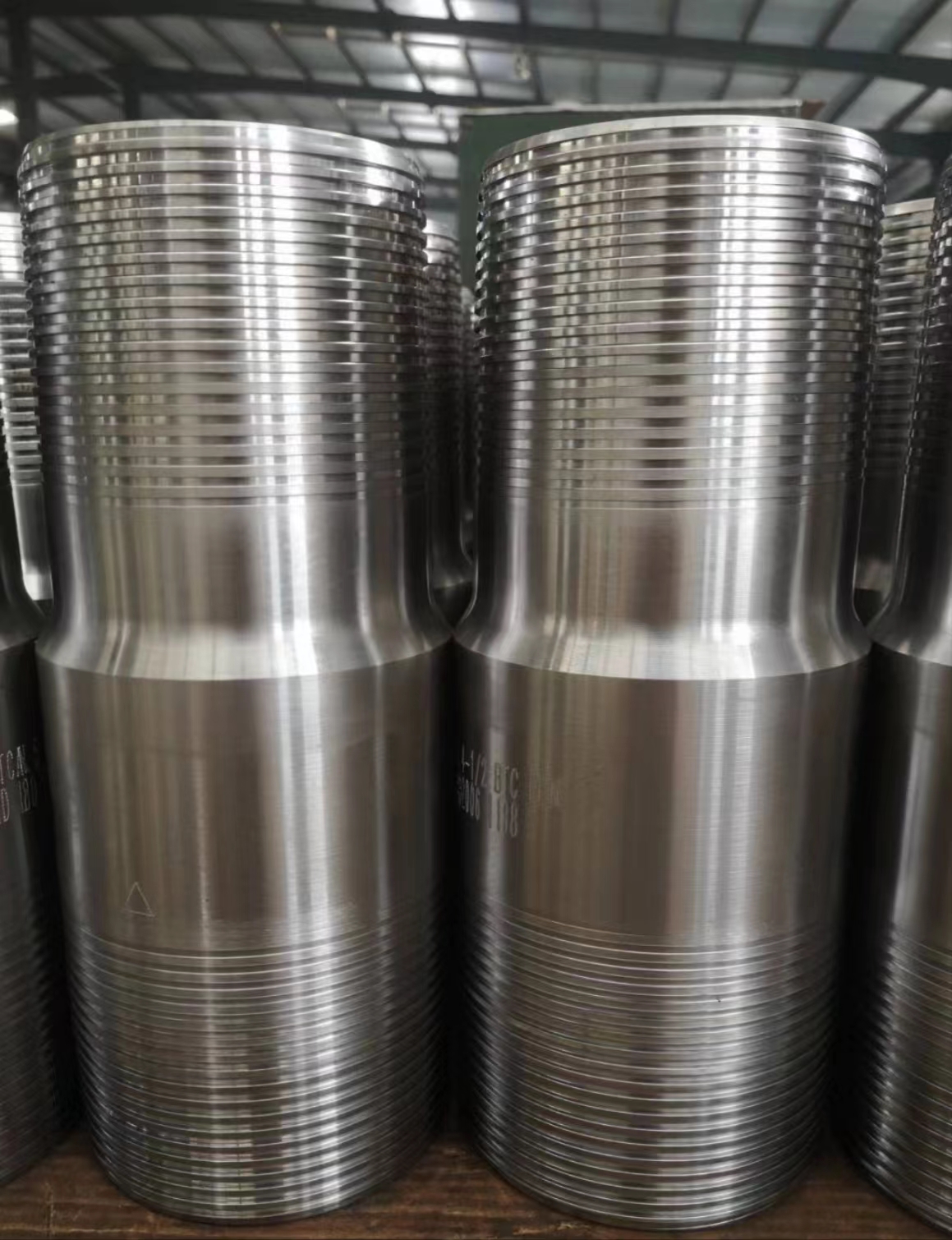- Afrikaans
- Albanian
- Amharic
- Arabic
- Armenian
- Azerbaijani
- Basque
- Belarusian
- Bengali
- Bosnian
- Bulgarian
- Catalan
- Cebuano
- Corsican
- Croatian
- Czech
- Danish
- Dutch
- English
- Esperanto
- Estonian
- Finnish
- French
- Frisian
- Galician
- Georgian
- German
- Greek
- Gujarati
- Haitian Creole
- hausa
- hawaiian
- Hebrew
- Hindi
- Miao
- Hungarian
- Icelandic
- igbo
- Indonesian
- irish
- Italian
- Japanese
- Javanese
- Kannada
- kazakh
- Khmer
- Rwandese
- Korean
- Kurdish
- Kyrgyz
- Lao
- Latin
- Latvian
- Lithuanian
- Luxembourgish
- Macedonian
- Malgashi
- Malay
- Malayalam
- Maltese
- Maori
- Marathi
- Mongolian
- Myanmar
- Nepali
- Norwegian
- Norwegian
- Occitan
- Pashto
- Persian
- Polish
- Portuguese
- Punjabi
- Romanian
- Russian
- Samoan
- Scottish Gaelic
- Serbian
- Sesotho
- Shona
- Sindhi
- Sinhala
- Slovak
- Slovenian
- Somali
- Spanish
- Sundanese
- Swahili
- Swedish
- Tagalog
- Tajik
- Tamil
- Tatar
- Telugu
- Thai
- Turkish
- Turkmen
- Ukrainian
- Urdu
- Uighur
- Uzbek
- Vietnamese
- Welsh
- Bantu
- Yiddish
- Yoruba
- Zulu
tubing pup joint
Understanding Tubing Pup Joints Key Components in Oil and Gas Operations
In the oil and gas industry, efficiency and reliability are crucial. One of the many components that contribute to smooth operations is the tubing pup joint. Tubing pup joints are essential fittings used to connect various segments of tubing in a wellbore, serving both functional and operational purposes. Understanding what tubing pup joints are and their significance can enhance our grasp of drilling and production processes.
What is a Tubing Pup Joint?
A tubing pup joint is essentially a short length of pipe that is used to extend or connect sections of tubing in oil and gas drilling operations
. Generally, pup joints are available in various lengths and diameters, which allows them to be tailored to the specific needs of the well. They are typically manufactured to the same specifications as the main tubing, ensuring compatibility and structural integrity.The term 'pup joint' can be a bit misleading; it does not refer to a joint connecting two significant pieces of tubing but rather serves as a connecting piece or an extension that helps adjust the overall length of the tubing string. These joints play a pivotal role in properly configuring the tubing to ensure it reaches the required depth within the reservoir.
Material and Design
Pup joints are fabricated from high-quality materials, usually carbon steel or alloy steel, which are capable of withstanding the high pressures and corrosive environments often present in oil and gas operations. Depending on the specific requirements of the well, the joints may be treated with protective coatings to prevent corrosion and enhance their durability.
tubing pup joint

The design of tubing pup joints generally involves threaded ends, allowing easy and secure attachment to the tubing and other components. Several different thread types are available, compliant with industry standards, ensuring reliability and safety during operation. Additionally, pup joints can be custom-designed to suit unique operational needs, including different lengths and diameters.
Applications of Tubing Pup Joints
One of the most significant applications of tubing pup joints is their role in the completion phase of a well. During this stage, ensuring the proper configuration of the tubing string is vital to optimize production and prevent issues such as fluid flow restrictions or pressure build-up.
Pup joints also play a critical role in repairs and maintenance. If a section of tubing is damaged or requires replacement, pup joints can facilitate the addition or replacement of tubing without necessitating a complete overhaul of the tubing string. This capability can significantly reduce downtime and increase operational efficiency.
Moreover, pup joints are often used in well testing and production monitoring. They allow operators to install measurement devices or other equipment necessary for monitoring the performance of the well without extensive modifications to the existing installation.
Conclusion
In summary, tubing pup joints serve as valuable components in the oil and gas industry, playing a critical role in the assembly, extension, and maintenance of tubing systems within wellbores. Their adaptability, strength, and customizability make them indispensable in optimizing drilling and production processes. As industries continue to push the boundaries in efficiency and safety, understanding the importance of every component, including seemingly small elements like tubing pup joints, is essential. Through their strategic application, operators can ensure maximum productivity while minimizing operational risks, ultimately leading to more successful exploration and extraction of valuable resources.
-
Tubing Pup Joints: Essential Components for Oil and Gas OperationsNewsJul.10,2025
-
Pup Joints: Essential Components for Reliable Drilling OperationsNewsJul.10,2025
-
Pipe Couplings: Connecting Your World EfficientlyNewsJul.10,2025
-
Mastering Oilfield Operations with Quality Tubing and CasingNewsJul.10,2025
-
High-Quality Casing Couplings for Every NeedNewsJul.10,2025
-
Boost Your Drilling Efficiency with Premium Crossover Tools & Seating NipplesNewsJul.10,2025







